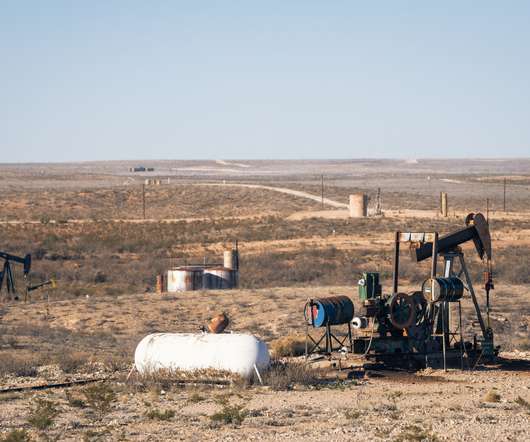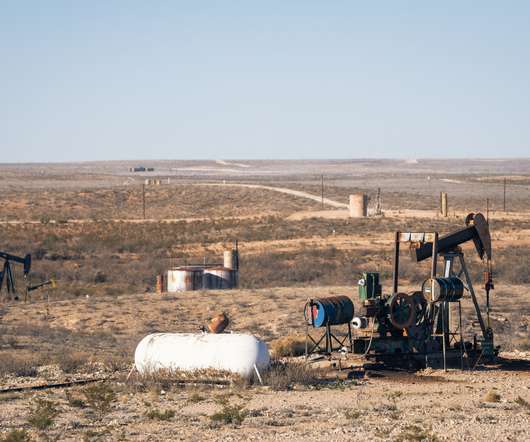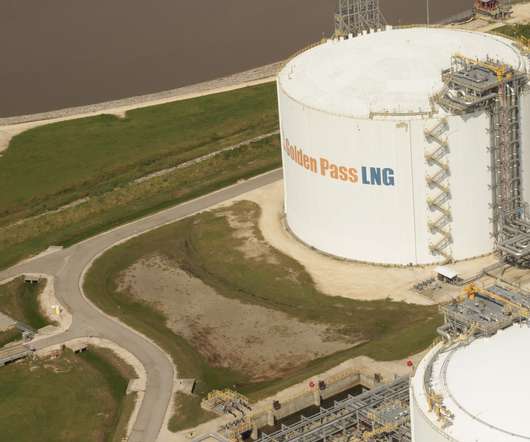GIS Owners in California Must Comply With SF6 Regulation
Latham's Clean Energy Law Report
JANUARY 11, 2019
Since 2011, the California Air Resources Board (CARB) has regulated sulfur hexafluoride (SF6) emissions from gas-insulated switchgears (GIS). SF6 is used in GIS equipment to protect electrical power plants and distribution systems by insulating circuits and interrupting electric currents. Background on SF6 Gases.















Let's personalize your content